Alden C. Hayes - A Portal to Paradise
Here you can read online Alden C. Hayes - A Portal to Paradise full text of the book (entire story) in english for free. Download pdf and epub, get meaning, cover and reviews about this ebook. year: 1999, publisher: University of Arizona Press, genre: Home and family. Description of the work, (preface) as well as reviews are available. Best literature library LitArk.com created for fans of good reading and offers a wide selection of genres:
Romance novel
Science fiction
Adventure
Detective
Science
History
Home and family
Prose
Art
Politics
Computer
Non-fiction
Religion
Business
Children
Humor
Choose a favorite category and find really read worthwhile books. Enjoy immersion in the world of imagination, feel the emotions of the characters or learn something new for yourself, make an fascinating discovery.
- Book:A Portal to Paradise
- Author:
- Publisher:University of Arizona Press
- Genre:
- Year:1999
- Rating:4 / 5
- Favourites:Add to favourites
- Your mark:
A Portal to Paradise: summary, description and annotation
We offer to read an annotation, description, summary or preface (depends on what the author of the book "A Portal to Paradise" wrote himself). If you haven't found the necessary information about the book — write in the comments, we will try to find it.
Arizonas rugged Chiricahua Mountains have a special place in frontier history. They were the haven of many well-known personalities, from Cochise to Johnny Ringo, as well as the home of prospectors, cattlemen, and hardscrabble farmers eking out a tough living in an unforgiving landscape. In this delightful and well-researched book, Alden Hayes shares his love for the area, gained over fifty years.
From his vantage point near the tiny twin communities of Portal and Paradise on the eastern slopes of the Chiricahuas, Hayes brings the famous and the not-so-famous together in a profile of this striking landscape, showing how place can be a powerful formative influence on peoples lives. When Hayes first arrived in 1941 to manage his new father-in-laws apple orchard, he met folks who had been born in Arizona before it became a state. Even if most had never personally worried about Indian attacks, they had known people who had. Over the years, Hayes heard the handed-down stories about the areas early days of Anglo settlement. He also researched census records, newspaper archives, and the files of the Arizona Historical Society to uncover the areas natural history, prehistory, Spanish and Mexican regimes, and particularly its Anglo history from the mid nineteenth century to the beginning of World War II. His book is a rich account of the region and more, a celebration of rural life, brimming with tales of people whose stories were shaped by the landscape.
Today the Chiricahuas are a magnet for outdoor enthusiasts and the site of the American Museum of Natural Historys Southwestern Research Stationand still a rugged area that remains off the beaten track. Hayes brings his straightforward and articulate style to this captivating account of earlier days in southeastern Arizona and opens up a portal to paradise for readers everywhere.
Alden C. Hayes: author's other books
Who wrote A Portal to Paradise? Find out the surname, the name of the author of the book and a list of all author's works by series.

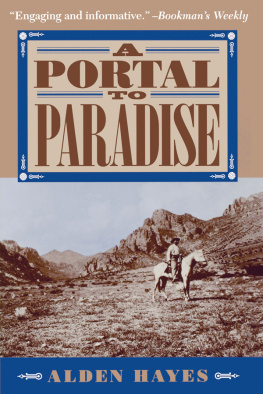
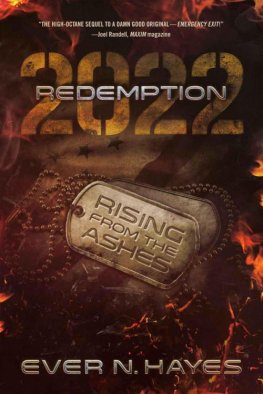

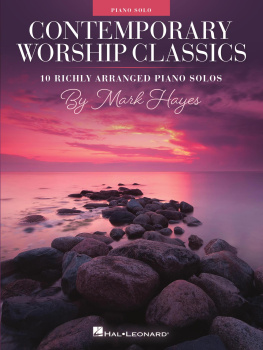
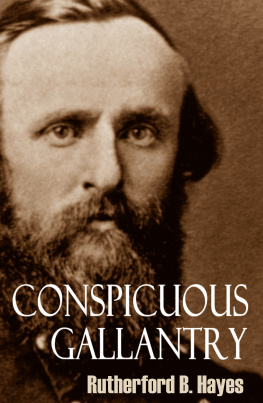





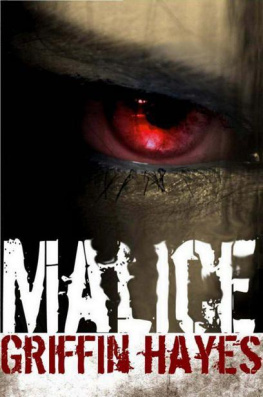

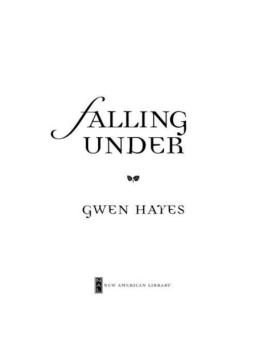

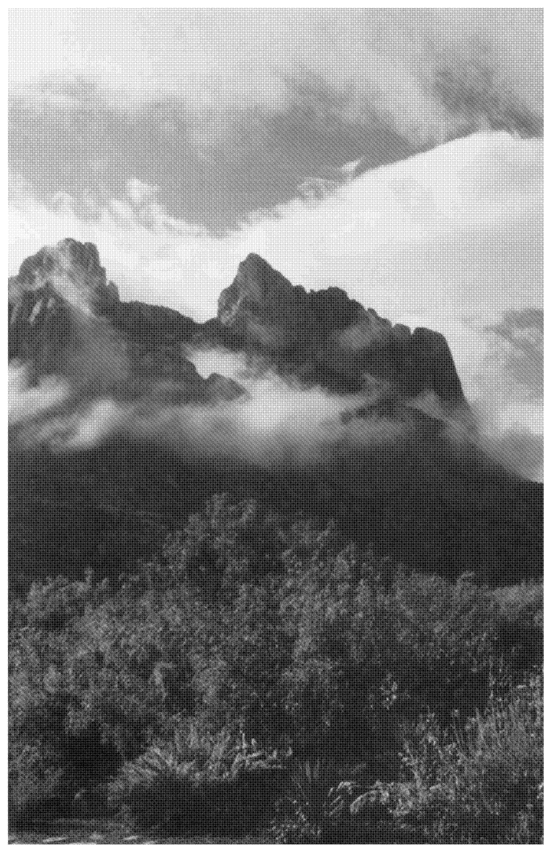
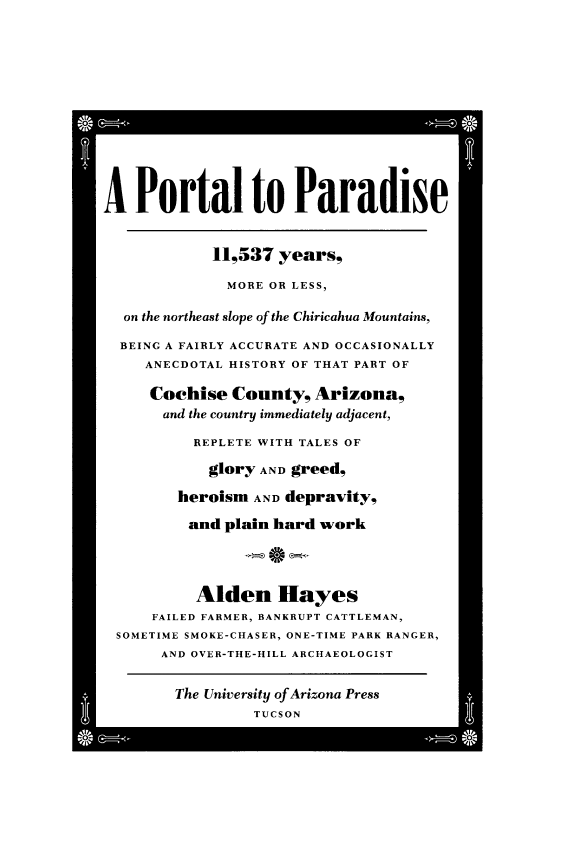
 This book is printed on acid-free, archival-quality paper.
This book is printed on acid-free, archival-quality paper.